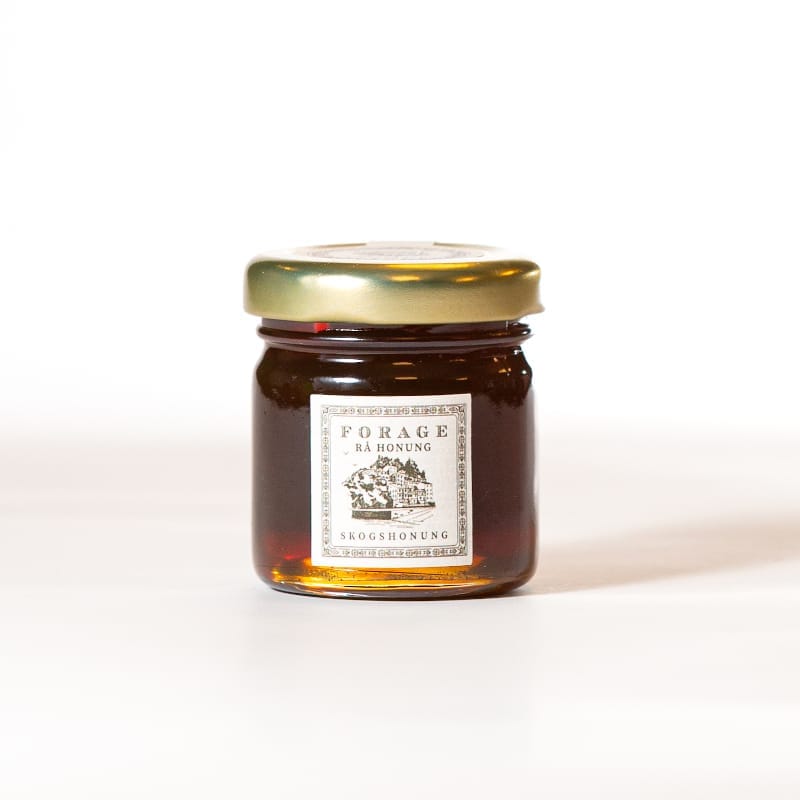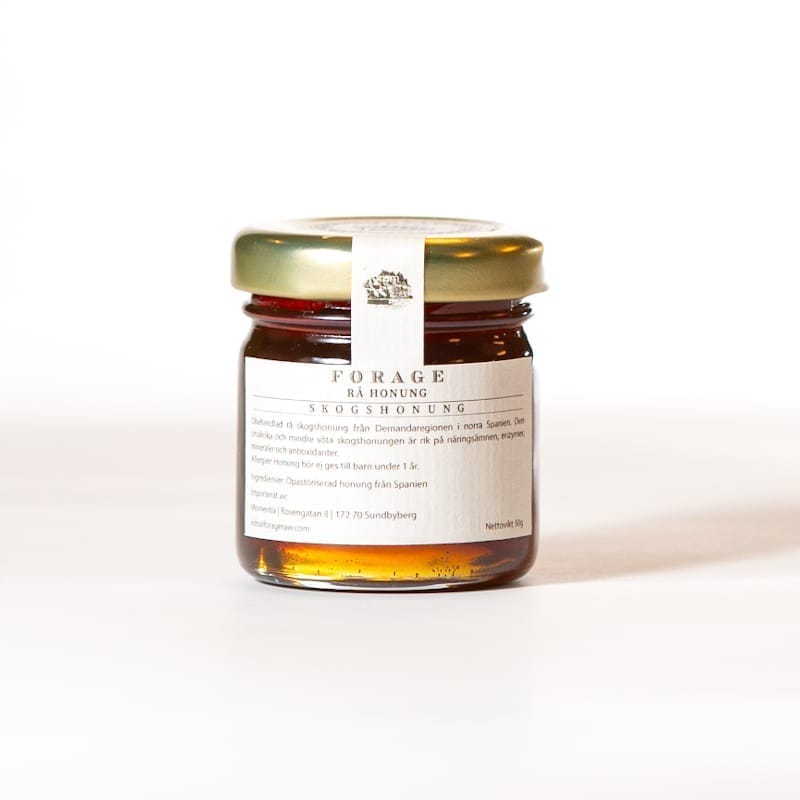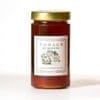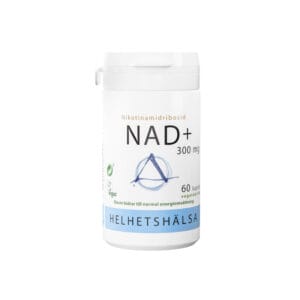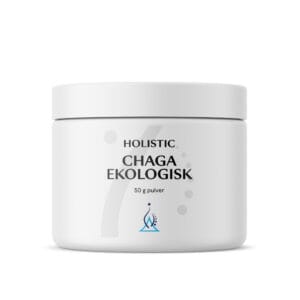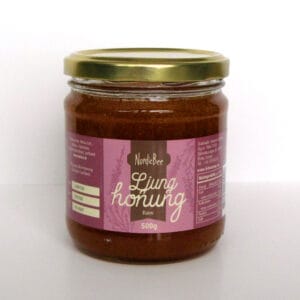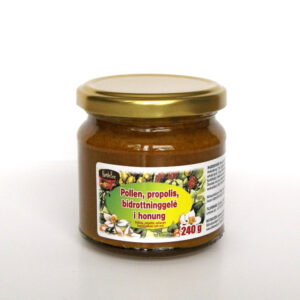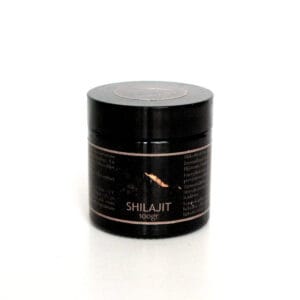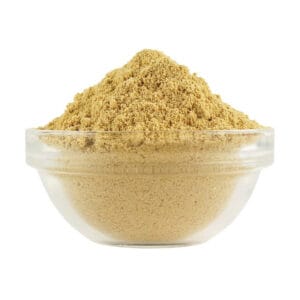- ×
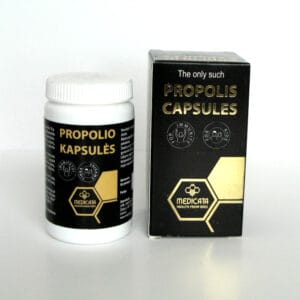 Propolis 40 capsules - Medicata 1 × 139.00 kr
Propolis 40 capsules - Medicata 1 × 139.00 kr
Forest honey – Forage 50 gr
29.00 kr
Untreated raw forest honey from the Demanda region in northern Spain.
In stock
Forest honey
Untreated raw forest honey from Spain. Straight from the hive in its natural form. Forage Forest Honey comes from selected beekeepers in the Demanda region of northern Spain. The bees produce forest honey from honeydew, a sticky and sugary secretion produced by the insects that feed on the sap of oak trees. Dark, flavorful and less sweet, forest honey is considered the healthiest of all honeys, rich in nutrients, enzymes, minerals and antioxidants. Forest honey almost never crystallizes thanks to its high fructose content.
Dark color. Among the Spanish honeys, it is (we think) the one that most resembles Swedish Forest Honey, but more runny in texture, almost liquid.
50 grams in a glass jar.
Small jar, as a gift or for those who want to try this honey.
Tasting guide to the different types of honey produced by the producer:
Mountain honey – Light brown color. Quite sweet. Mild.
Forest honey – Dark color. The one that most resembles Swedish forest honey.
Chestnut honey – Light brown. Slightly spicy tone.
Thyme honey – Light brown color. Reminiscent of mountain and forest honey but with a subtle spicy note of thyme.
About Forage honey
We at Aroniabutiken buy this from an acquaintance of ours who imports it directly from Spain. Alexander, the importer, is a talented chef and gourmet who has been there himself and inspected the bee farms and buys directly from the beekeeper. Small scale and craftsmanship, things that we at Aroniabutiken like.
Alexander explains:
With a long-standing interest in cooking and fine produce, I searched southern Europe for a raw honey of the highest quality. It was in this search that I found the small-scale producer I work with today. The company is run by a family headed by three beekeeping brothers – Jordi, Joan and Francisco. The honey is the result of three generations dedicated to beekeeping.
The farms are located in the Baix Ebre region of southern Catalonia – an area with a long beekeeping tradition.
The beekeeper brothers move the hives to places with the best access to nectar and pollen. The technique requires a high level of commitment from the beekeeper in a dynamic relationship with the bees and honey. The beekeeper must have a solid knowledge of where the best harvesting conditions are . Depending on the area where the hives are placed, the climate and other conditions, it is possible to produce different types of honey such as rosemary honey, orange honey, thyme honey, mountain honey, forest honey, eucalyptus honey, chestnut honey, forest honey
The family’s love and devotion to bees and honey production has allowed them to maintain a product with 100% purity and biological richness. A honey without any
preferably manipulative, with ecological responsibility and great environmental awareness.
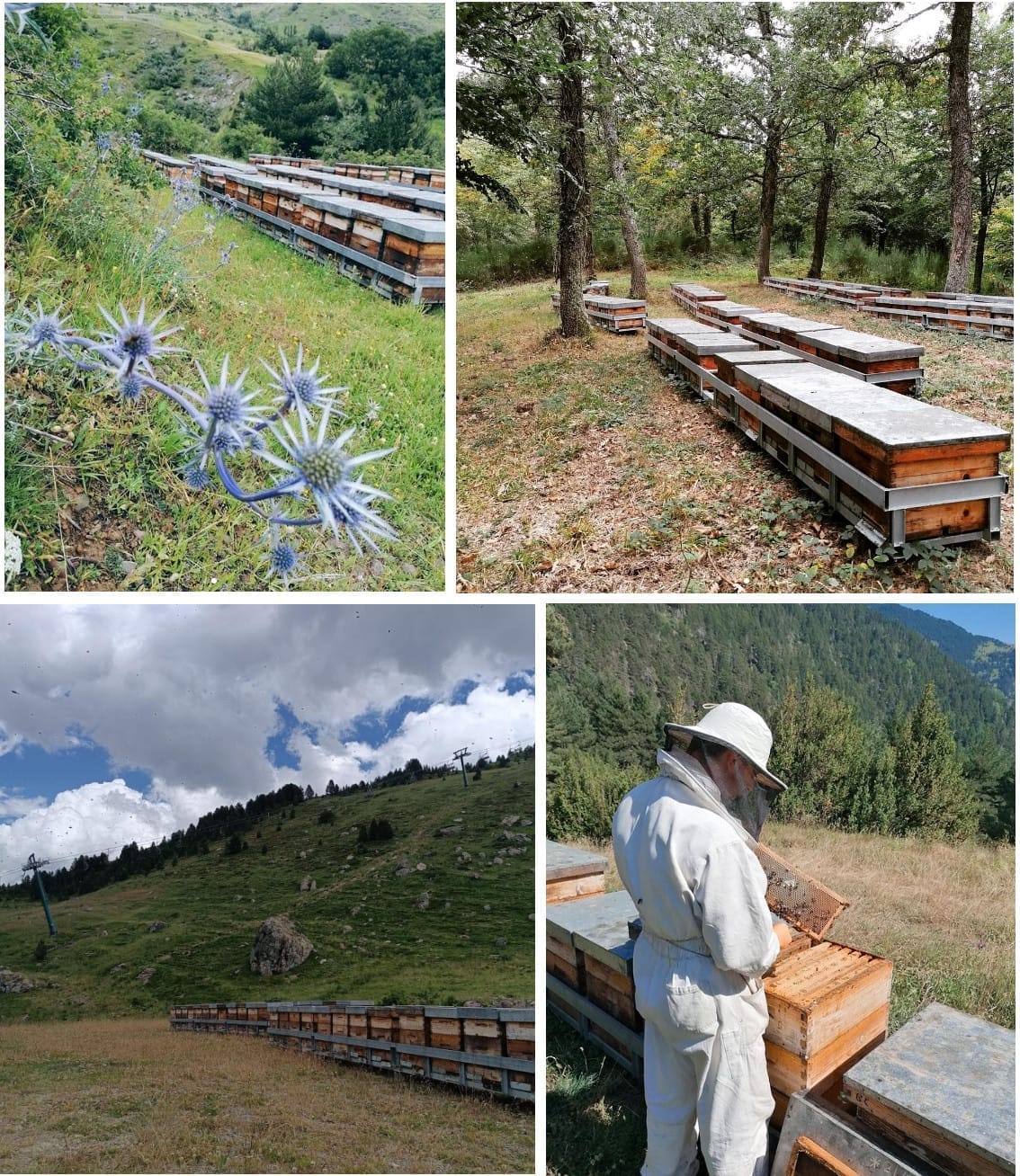
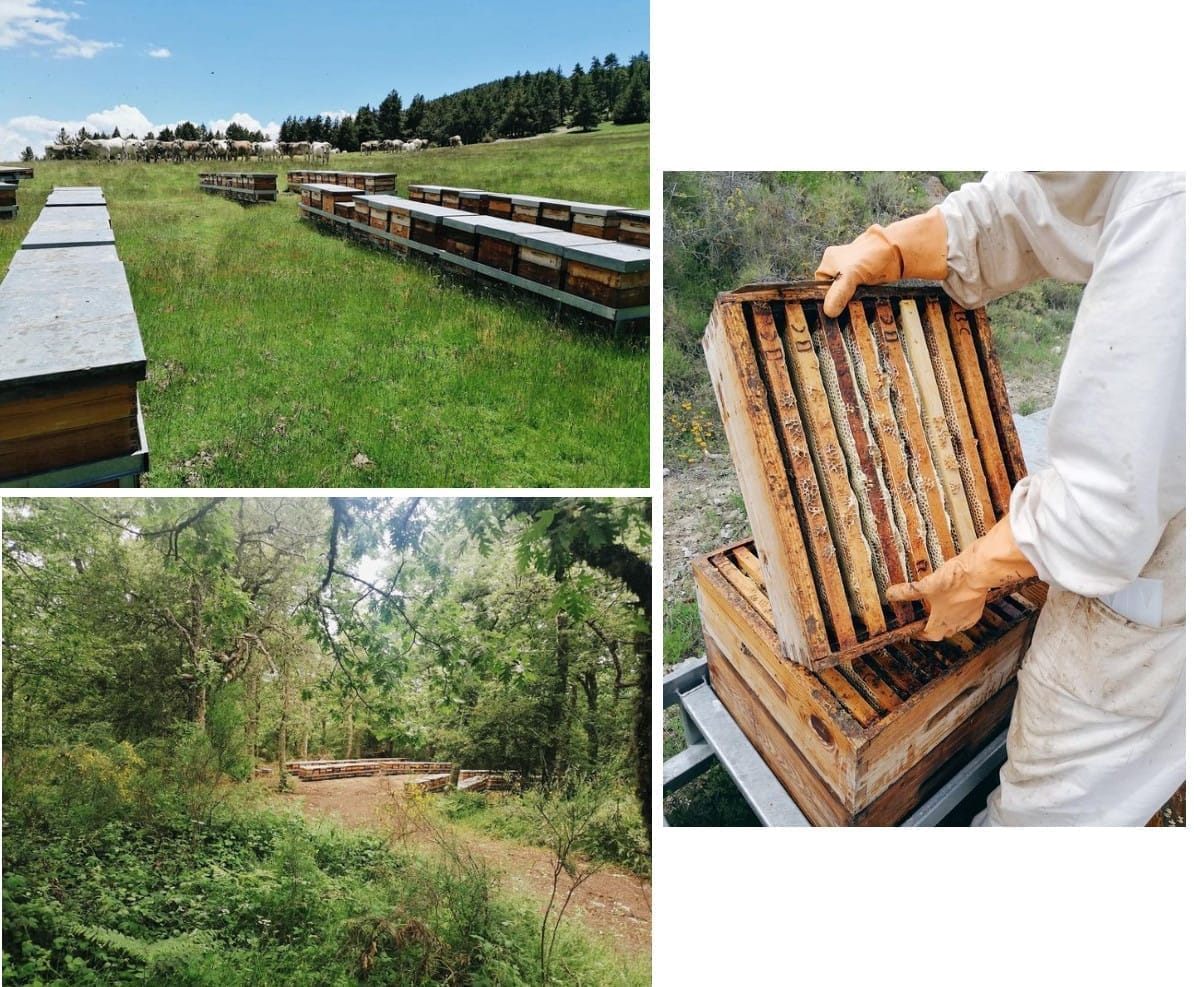
Leave your review
Rating
Publish review
Related products
All products
0 - 0 reviews
395.00 krFor energy, brain, muscles, cardiovascular.
All products
0 - 0 reviews
189.00 krThe king of medicinal mushrooms in easy-to-use powder form for tea.
Food products
0 - 0 reviews
179.00 krFinest honey from heather-rich forests.
All products
0 - 0 reviews
219.00 krAcid-neutral vitamin C with sodium ascorbate and camu camu, among others.
Food products
0 - 0 reviews
199.00 krHoney with bee pollen, propolis and royal jelly.
All products
0 - 0 reviews
115.00 krGround, dried ginger of the finest quality.

